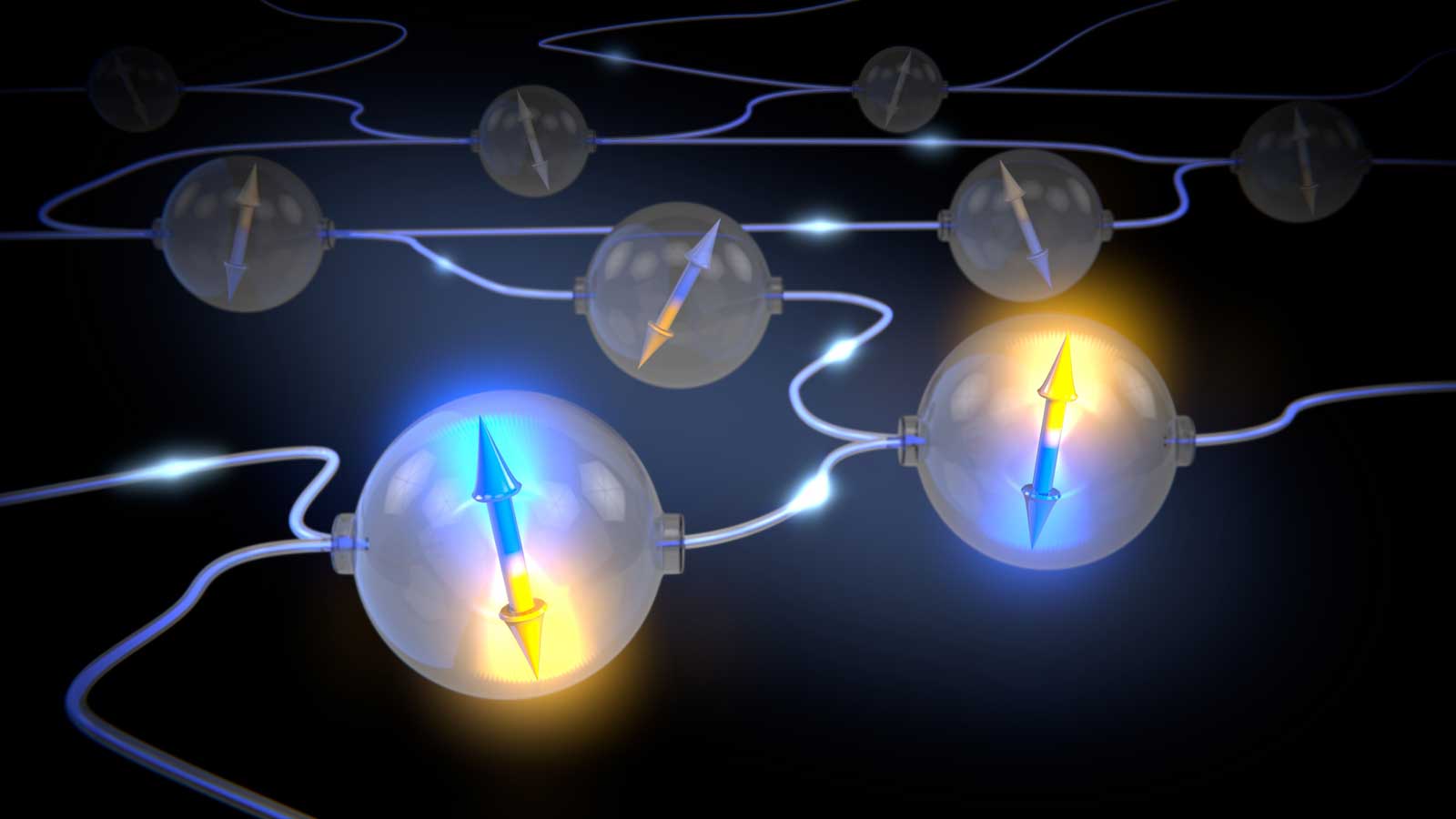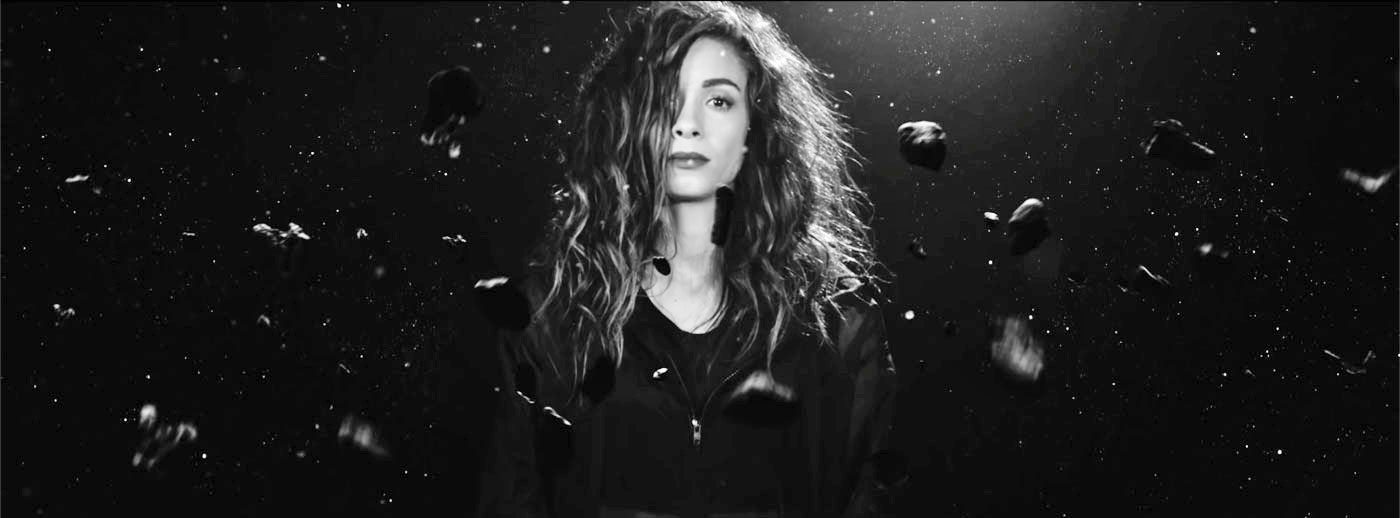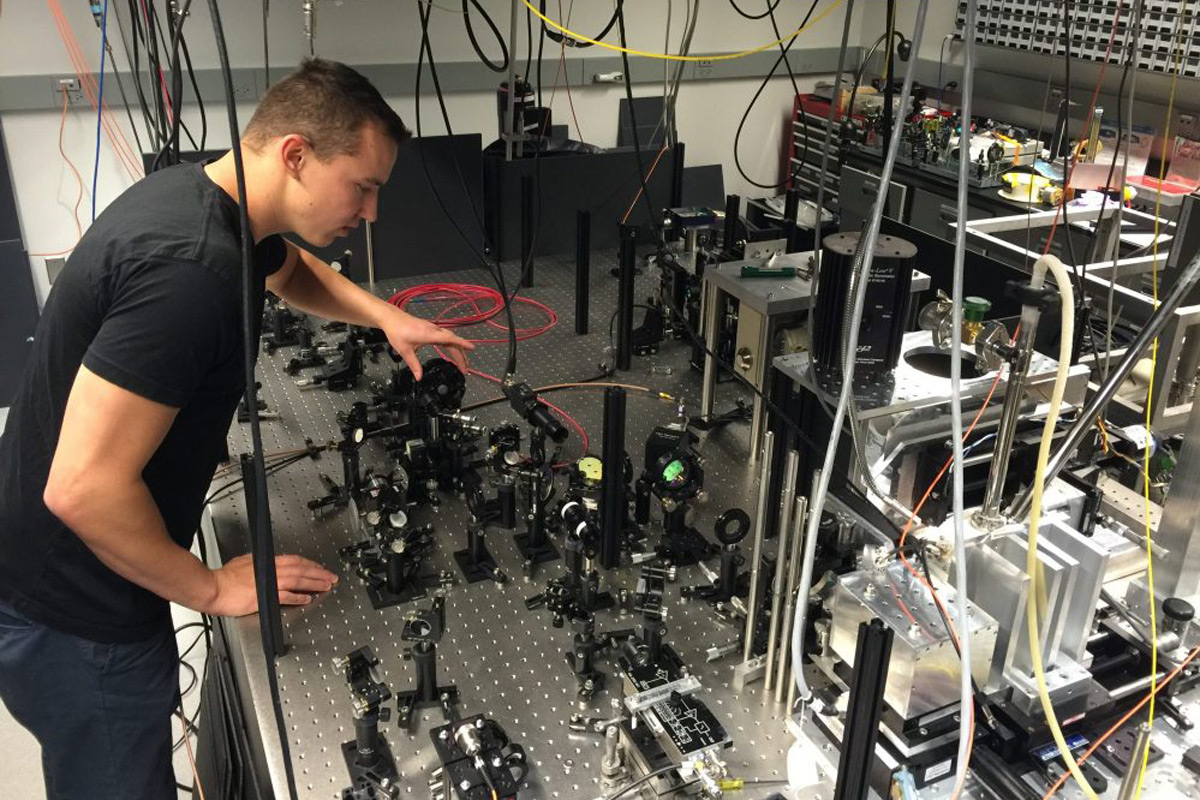
It's not often that researchers can verify a discovery that could change how we approach basic principles of technology, not just build on what we know. Nonetheless, MIT might have accomplished just such a feat in demonstrating a new state of magnetism. They've shown that a synthetically grown sample of herbertsmithite crystal (what you see above) behaves as a quantum spin liquid: a material where fractional quantum states produce a liquid-like flux in magnetic orientations, even if the material is solid. The behavior could let communications and storage take advantage of quantum entanglement, where particles can affect each other despite relatively long distances. MIT warns us that there's a wide gap between showing quantum spin liquids in action and developing a complete theory that makes them useful; we're not about to see Mass Effect's quantum entanglement communicator, if it's even possible. To us, realizing that there may be a wholly untapped resource is enough reward for now.
Filed under: Science, Alt
Comments
Source: MIT
 If you're going to create virtually unbreakable quantum networks, you need to create quantum entanglement so that particles, and thus pieces of data, are intertwined at long distances. There hasn't been a reliable way to make that happen, however, u...
If you're going to create virtually unbreakable quantum networks, you need to create quantum entanglement so that particles, and thus pieces of data, are intertwined at long distances. There hasn't been a reliable way to make that happen, however, u...
 If you're going to create virtually unbreakable quantum networks, you need to create quantum entanglement so that particles, and thus pieces of data, are intertwined at long distances. There hasn't been a reliable way to make that happen, however, u...
If you're going to create virtually unbreakable quantum networks, you need to create quantum entanglement so that particles, and thus pieces of data, are intertwined at long distances. There hasn't been a reliable way to make that happen, however, u...
 Quantum entanglement, where two particles are separated by space and yet inextricably linked by the laws of quantum mechanics, has already been proven to be real, but something called the "freedom-of-choice loophole" has so far made it impossible to...
Quantum entanglement, where two particles are separated by space and yet inextricably linked by the laws of quantum mechanics, has already been proven to be real, but something called the "freedom-of-choice loophole" has so far made it impossible to...
 Peaches is her aunt. Jared Leto's a fan and so is Jean-Michel Jarre, who sent her to live with an indigenous tribe in the Amazon. She's modeled for Diesel and composed for German theater. She's conducted magnetic resonance imaging studies on mutated...
Peaches is her aunt. Jared Leto's a fan and so is Jean-Michel Jarre, who sent her to live with an indigenous tribe in the Amazon. She's modeled for Diesel and composed for German theater. She's conducted magnetic resonance imaging studies on mutated...
 Until now, humanity has only known two forms of magnetism: ferromagnetism (the kind you see on your fridge) and antiferromagnetism (a sort of negative magnetism found in hard drives). However, MIT researchers just confirmed the existence of a third...
Until now, humanity has only known two forms of magnetism: ferromagnetism (the kind you see on your fridge) and antiferromagnetism (a sort of negative magnetism found in hard drives). However, MIT researchers just confirmed the existence of a third...
 Quantum entanglement, where two particles are inextricably linked, is a real thing. However, creating that odd behavior has been extremely difficult so far -- you have to cool things down to near absolute zero to pull it off on a significant scale. O...
Quantum entanglement, where two particles are inextricably linked, is a real thing. However, creating that odd behavior has been extremely difficult so far -- you have to cool things down to near absolute zero to pull it off on a significant scale. O...
